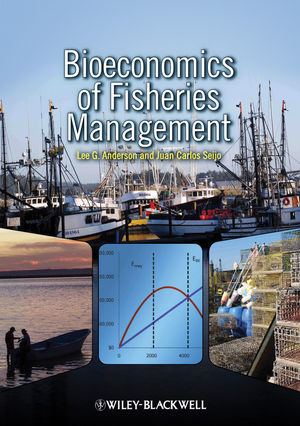Bioeconomics of Fisheries ManagementISBN: 978-0-8138-1732-3
Hardcover
320 pages
May 2010, Wiley-Blackwell
 |
||||||
Bioeconomics of Fisheries ManagementISBN: 978-0-8138-1732-3
Hardcover
320 pages
May 2010, Wiley-Blackwell
 |
||||||